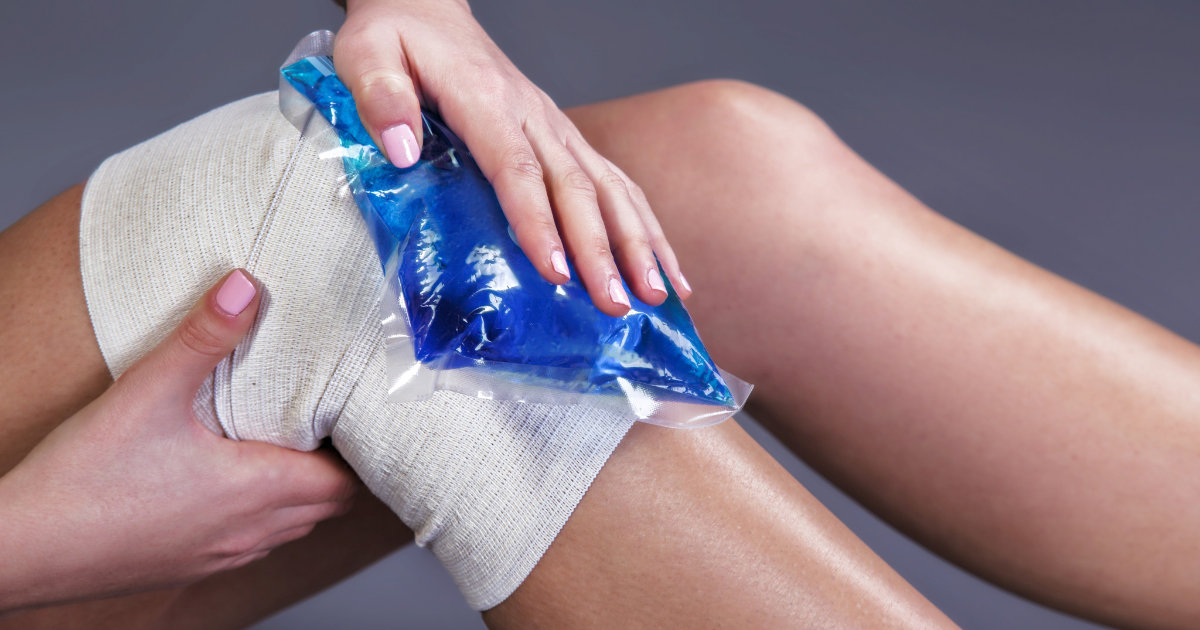The Most Effective Ways To Ease Knee Pain
Aches and pains in any part of the body put a limit on what can be accomplished throughout the day. Knee pain is especially detrimental, as it affects an individual's overall mobility and can put a damper on productivity and cause significant discomfort. In fact, it can mean individuals don't do much of anything and simply sit in a chair, on a couch, or lie in bed as much as possible for fear of aggravating the pain in their knee. Knee pain can occur for countless reasons, including strain and injury.
Thankfully, there are some very effective techniques individuals can employ to ease sore knees, allowing them more freedom to enjoy each day to the fullest. Uncover these now!
Get More Rest

A major factor in relieving knee pain is getting the amount of rest the body requires. Thus, individuals should take breaks as needed throughout the day to allow their knees some relief. This can include sitting down or even lying down for a little while. Another good idea for individuals to relieve pain in their knees is to elevate the knees while resting. Keeping the knees above the heart is ideal for keeping potential swelling down. In the event of soreness or swelling, continuing on as normal could cause more serious issues in the future.
Icing The Affected Knee

Although taking breaks can be helpful at relieving pain in the knees, it can take a little while and in some cases, not enough to make the pain go away entirely. Putting ice packs on the knees can reduce both swelling and help ease pain, and can do so at a faster pace than just resting. This is especially helpful if there has been more strain than usual on the knees or if there is a recent injury. Of course, it is important to take breaks when icing the knee as well. The general recommendation is to apply an ice pack or cool compress for twenty to thirty minutes at a time before taking a break for about twenty minutes. Additionally, ice should never be applied directly to the skin, so individuals should look at getting a cloth to wrap the ice in first.
